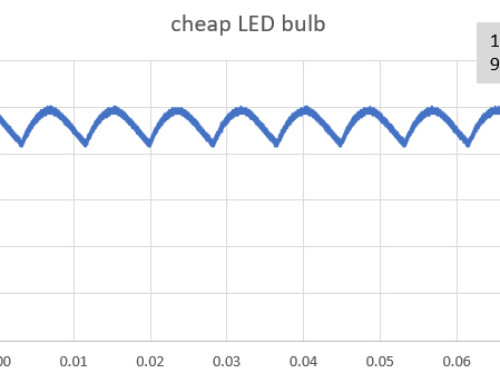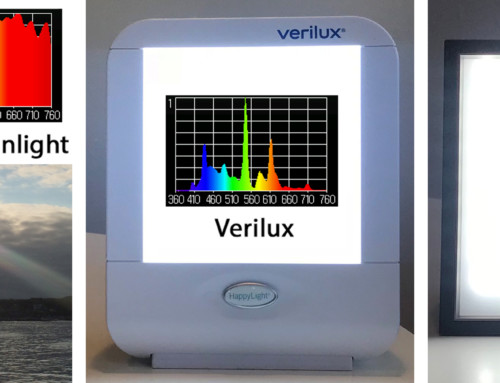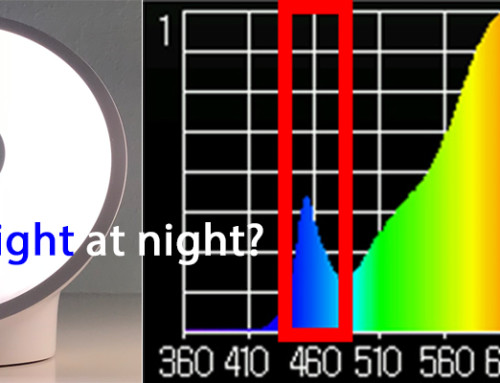Darkness during the night is as important to our health and wellness as the need for exposure to bright light during the day. Artificial light is an engine of civilization and human progress, but the widespread use of electric light has a significant consequences. Exposure to artificial light at night disrupts our sleep, healing and metabolism, and increases the risk of depression, breast and prostate cancer, obesity, diabetes and a number of other maladies. More recently the wide-spread use of electronic screens at night has been tied to sleep disruptions and weight gain. Human physiology requires a robust daily light-dark cycle, and most artificial light interferes with the sleep and recovery cycles which are core to our health and wellness.
Until the advent of electric light ~100 years ago, our evenings and nights were dark, the soft/warm light from a flame generally does not interfere with our perception of darkness. Exposure to artificial light at night disrupts our circadian rhythms (our biological clock), which regulate our hormones, healing processes, blood pressure, body temperature and sleep. More specifically, exposure to blue light at night has been directly tied to immediate suppression of Melatonin (our night hormone), increases in Cortisol (our day time hormone) and changes in our metabolism. Infants, children and teenagers are especially sensitive to light at night, as the cornea (lens) in our eyes yellows with age, effectively filtering some of the artificial blue light. The most extreme example of exposure to light at night is shift work, with studies suggesting as much as a 60% increase in breast cancer risk for nurses working nightshift. In 2007 the World Health Organization (WHO) ruled that shift work associated with circadian disruption is a probable human carcinogen. Studies show that exposure to light at night has both immediate and long-term health impacts – physicians generally recommend avoiding exposure to bright blue light for two hours before bed.
The good news is that we can mitigate the impacts of light at night without forgoing it’s benefits. Our eyes sense the intensity and color of light to understand if we should be awake and alert, or prepare for sleep and recovery. This means that we should do our best to reduce the intensity and blue content of the light we’re exposed to at night. Exposure to low intensity incandescent or halogen light is much disruptive than bright fluorescents (or most LED lights). Watching TV at a distance has much less impact than staring at a mobile device up close since circadian disruption is proportional to the amount of light hitting your eye, and the amount of time (the longer/closer you look the greater the dose/disruption). Thanks to the pioneering work of Michael Herf, the impact of screens can be further mitigated by using f.lux or Nightshift at night. Now a new class of tunable light sources are enabling Human Centric Lighting which automatically changes intensity and color of light with the time of day.
TIP#5: Avoid bright/blue light at night, particularly 2 hours before bed. Use F.lux (Windows & Android) or Nightshift (Apple devices) to mitigate the impact of your devices.
additional resources/reading:
impact of screens on sleep, health and wellness:
– Apple introduces Night Shift feature to mitigate the impact of their devices on sleep
– Harpers Bazaar article on how screens interfere with sleep and may lead to weight gain
– Scientific American discussion of the impacts of using devices at night
science on impacts of electric light at night:
– high-level discussion of the impacts of light night
– Nature article discussing the impact of artificial light on sleep
– great/balanced overview of the impacts of artificial light at night
– another article summarizing the impacts of light at night






